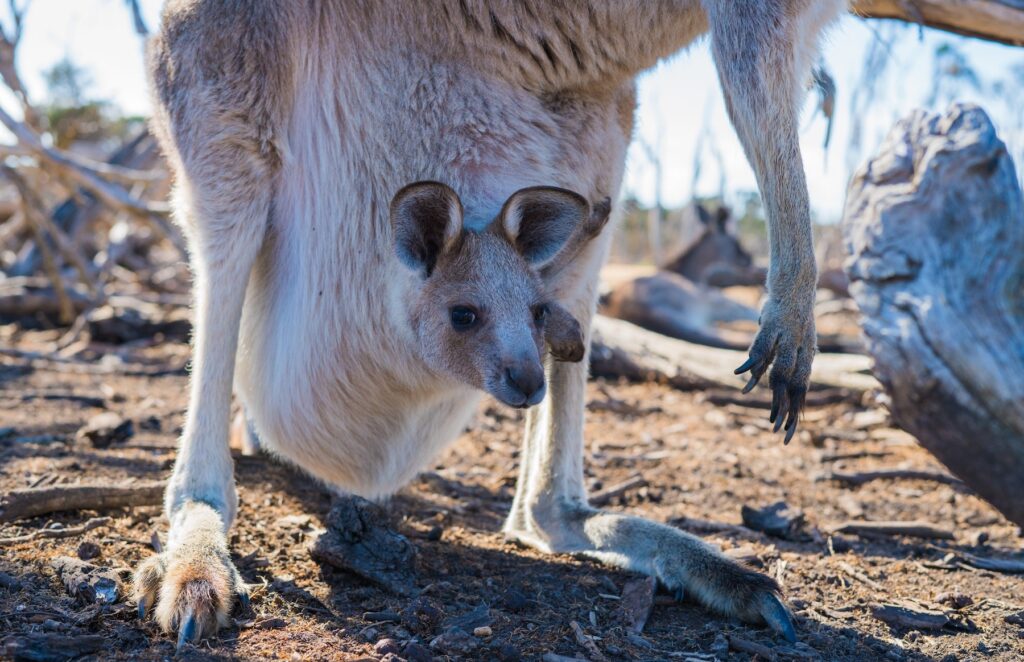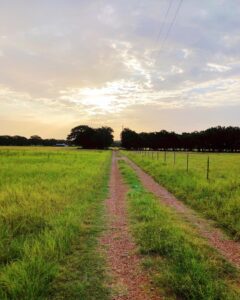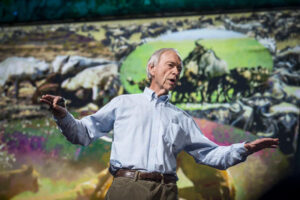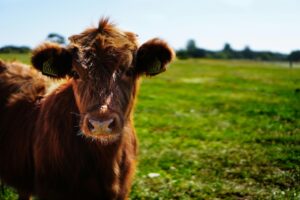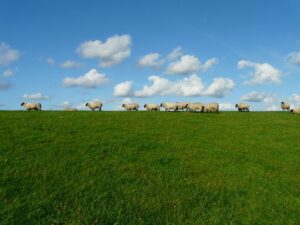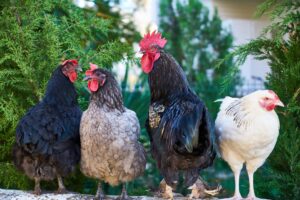The Conversation highlights the growing global concern for soil erosion with a spotlight on Australia. With 58% of Australia’s land being used for farming, maintaining and restoring soil levels is of growing importance. Additionally, local flora is suffering by diversity loss around the globe as legumes and grasses grown specifically for livestock grazing are replacing hundreds of native grasses.
Ecologist Sue McIntyre speaks to a time during the ’90s when “The prevailing culture valued agricultural development over conservation. Yet many of these producers lived on viable farms that supported a wealth of native plants and animals.” Going on to elaborate that “In these healthy landscapes, vigorous pastures of tall perennial grasses protected the soil, enriched it with carbon and fed the cattle.”
By 2006, 90% of Australia’s grassy woodland had been destroyed.
McIntyre and her colleagues devised a sustainable land use template back in the ’90s that was never formally adopted, but has recently seen a revival through a multidisciplinary study of regenerative grazing on the grassy woodlands in New South Wales. The study concluded that regenerative farming was actually more profitable than other types of farming, particularly in dry years and is now leaning on McIntyre’s research-supported conclusion that in order for farming to be sustainable, intensive land uses, including crops and non-native pastures typically requiring chemical fertilizers, herbicides, and pesticides, must be limited.

Photo Credit: Sue McIntyre from The Conversation
McIntyre’s sustainable land use template divides the land use into four types of land use, with percent usage allocated to each type. This template can be applied to a single farm, or an entire region.
The template limits intensive land use to a maximum of 30% land allocation, with a minimum of 10% allocated to nature conservation. The remaining 60% of land should be used for low-intensity activities like grazing, allowing the land to support a diversity of native species, focusing on a minimum of 30% total unfertilized woodlands.
As global population growth increases the demand for food production, it is imperative that farms and ranches move to sustainable and regenerative practices, as intensive agriculture has proven time and time again to be unsustainable.
The soil erosion caused by intensive agriculture and monocropping, not only depletes nutrients from the food raised and grown on the land, it also leads to increased flooding and waterway pollution, as well as an increase in greenhouse gas emissions through mechanization and chemical use, along with a massive decrease in the land’s ability to sequester carbon.
